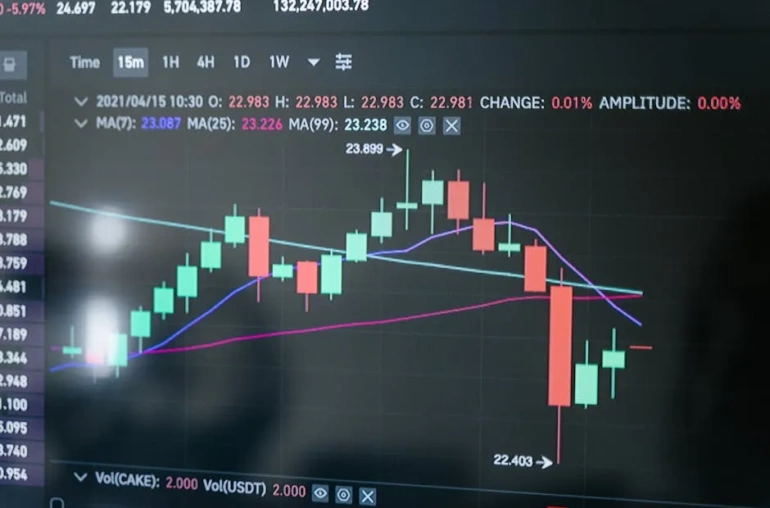
Introduction
In the fast-paced world of cryptocurrency, the ambitions of its leaders often capture headlines. Charles Hoskinson, the founder of Cardano (ADA), is known for his grand visions, from transforming the education system in Ethiopia to revolutionizing healthcare in Wyoming. However, despite these lofty goals, the reality of Cardano’s progress tells a different story. As we delve into the current state of Cardano, it’s essential to assess the gap between its ambitious projects and the tangible outcomes that have been achieved so far.
The Visionary Pitch of Charles Hoskinson
In September 2025, Hoskinson made headlines once again, reasserting his vision for Cardano as a transformative force in various sectors. His focus on projects like enhancing Ethiopia’s education system through blockchain technology and establishing a health clinic in Wyoming showcases his commitment to using Cardano for real-world impacts. These initiatives aim to demonstrate the potential of blockchain technology beyond mere financial transactions, promoting social good and accessibility.
Cardano’s Progress: A Mixed Bag
While Hoskinson’s ambitions are commendable, the reality of Cardano’s progress presents a more complex picture. Despite early promise, the development of the Cardano blockchain has been uneven, with many projects lagging behind the initial timelines. Challenges in execution and competition from other blockchain platforms have further complicated its standing in the cryptocurrency space.
Competition in the Crypto Space
One of the most significant factors overshadowing Cardano is the rapid advancement of its competitors. Other blockchain platforms have made substantial strides, attracting developers and projects that could have otherwise aligned with Cardano. This heightened competition raises questions about Cardano’s ability to maintain relevance in an industry that thrives on innovation and speed.
Challenges Ahead
For Cardano to align more closely with the ambitious vision set forth by Hoskinson, several challenges must be addressed:
- Execution of Existing Projects: Ensuring that current initiatives are completed successfully and on time is crucial for building trust and credibility within the community.
- Attracting Developers: As other platforms offer more robust ecosystems, Cardano must find ways to attract and retain developers to foster growth.
- Building Partnerships: Strengthening partnerships with organizations and governments can help Cardano establish itself as a viable solution for real-world problems.
Conclusion
Charles Hoskinson’s vision for Cardano is undoubtedly ambitious and has the potential to create significant change. However, the current state of Cardano reveals a disparity between aspiration and reality. For Cardano to live up to its founder’s vision, it must overcome existing challenges and navigate the competitive landscape effectively. Only then can Cardano hope to fulfill its promise and establish itself as a leader in the ever-evolving cryptocurrency sector.



